Our easy rock investigation making edible rocks is a great introduction to different types of rocks and the rock cycle.
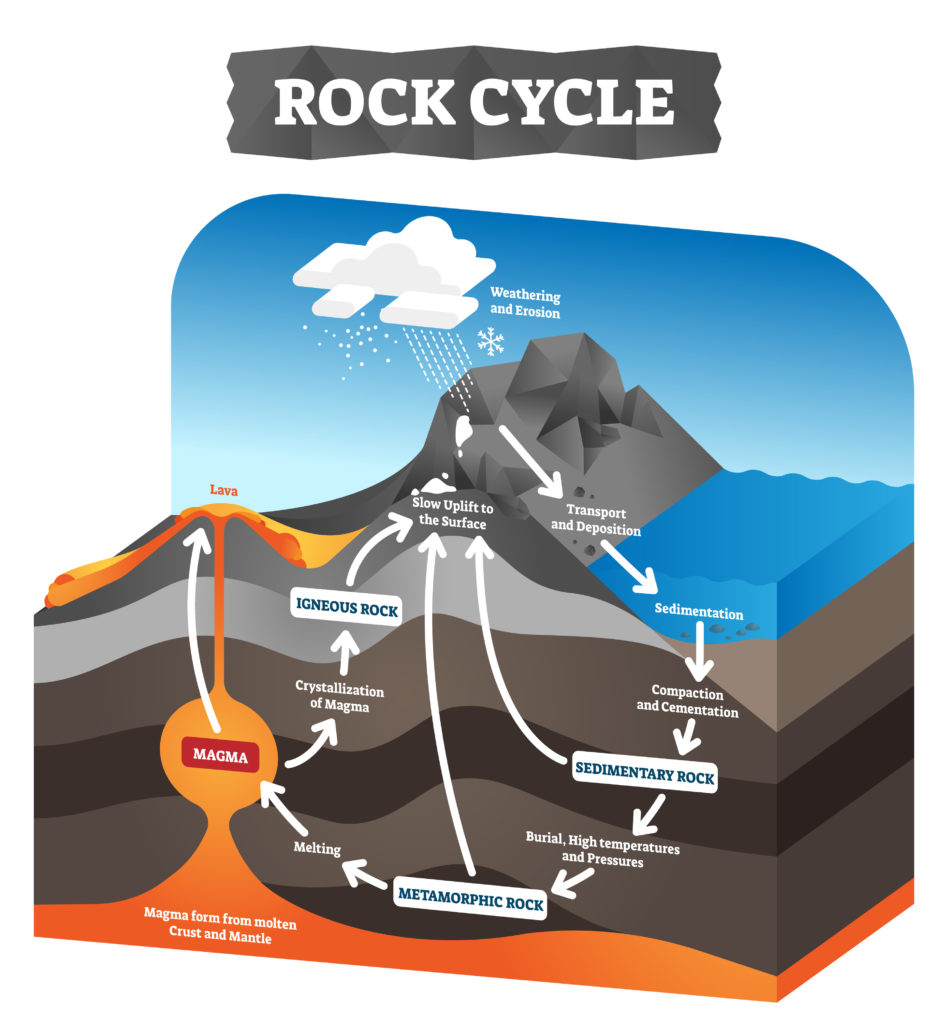
Chocolate is perfect for learning about the rock cycle as it can be heated, cooled and compressed just like real rocks.
This activity uses chocolate to demonstrate how three different types of rocks form.
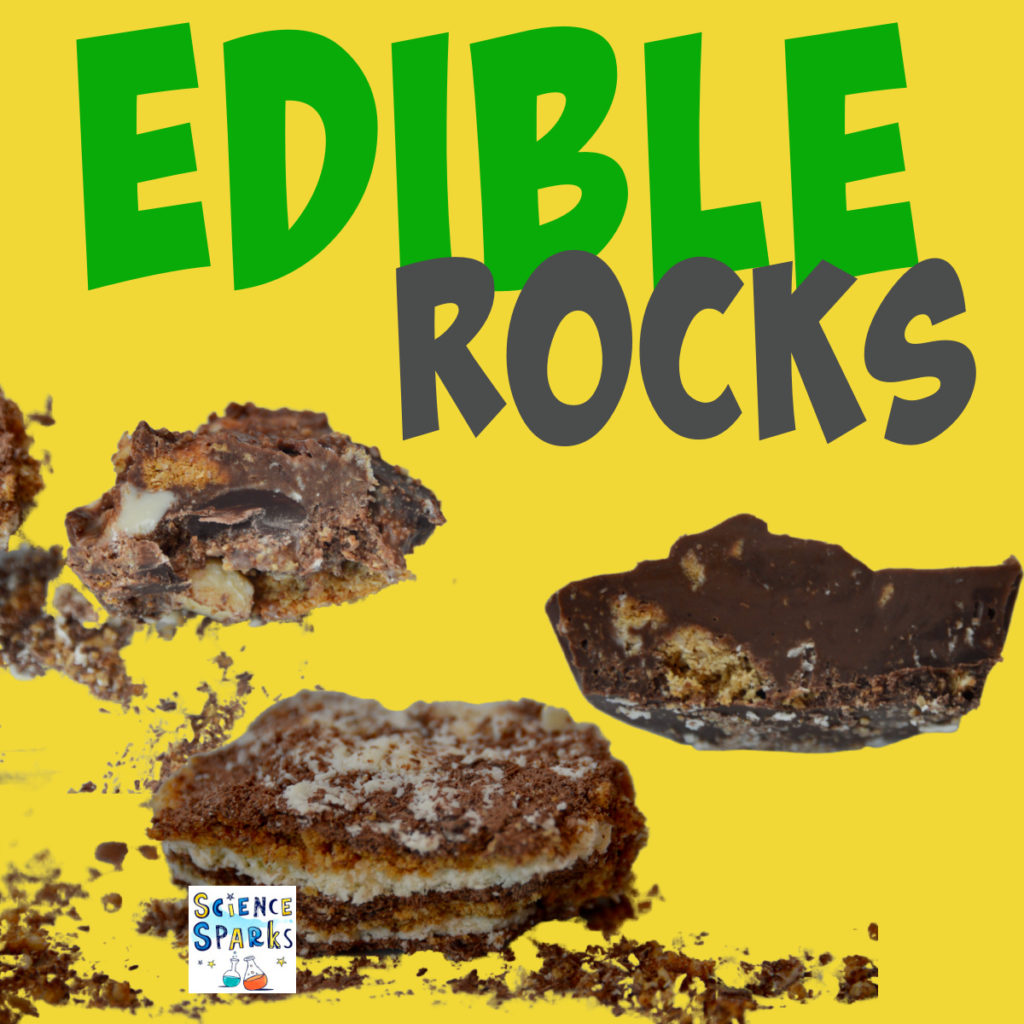
Edible Rock Investigation
You'll need:
Grated chocolate - milk and white
Crushed biscuits or more chocolate
Muffin tray
Cupcake cases
Kitchen foil
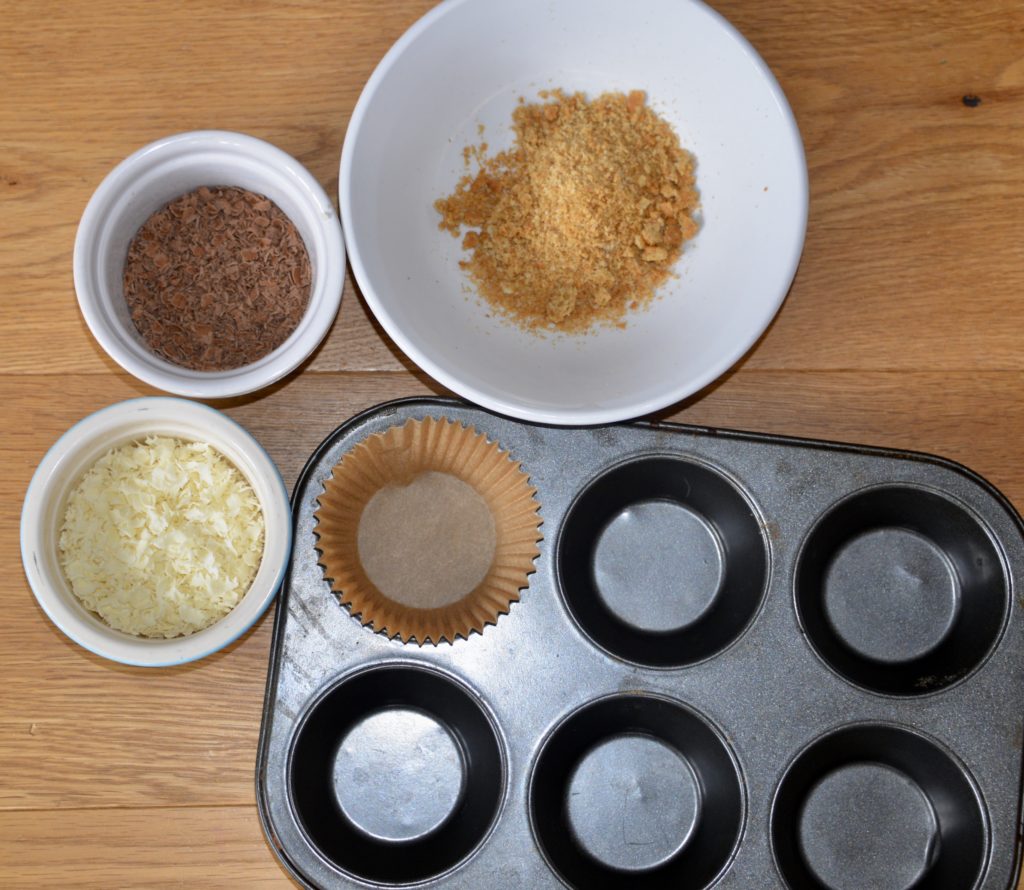
Sedimentary Rocks
Sedimentary Rocks form under the sea. Layers of broken rock transported from rivers build up at the bottom of the ocean. The deposited rocks build up in layers called sediments. As more and more layers pile up they start to push down on the lower layers and over a long period of time, water is squeezed out of the layers of rock and salt crystals form. The salt compounds stick the pieces of rock together. Eventually ( sometimes after millions of years ) sedimentary rocks form. This type of rock does contain fossils.
Make a chocolate sedimentary rock
Use the different chocolates and crushed biscuits to make layers in a cupcake case.
Place a small sheet of aluminium foil on the top and press down hard, compacting the chocolate.
This represents sedimentary rock!
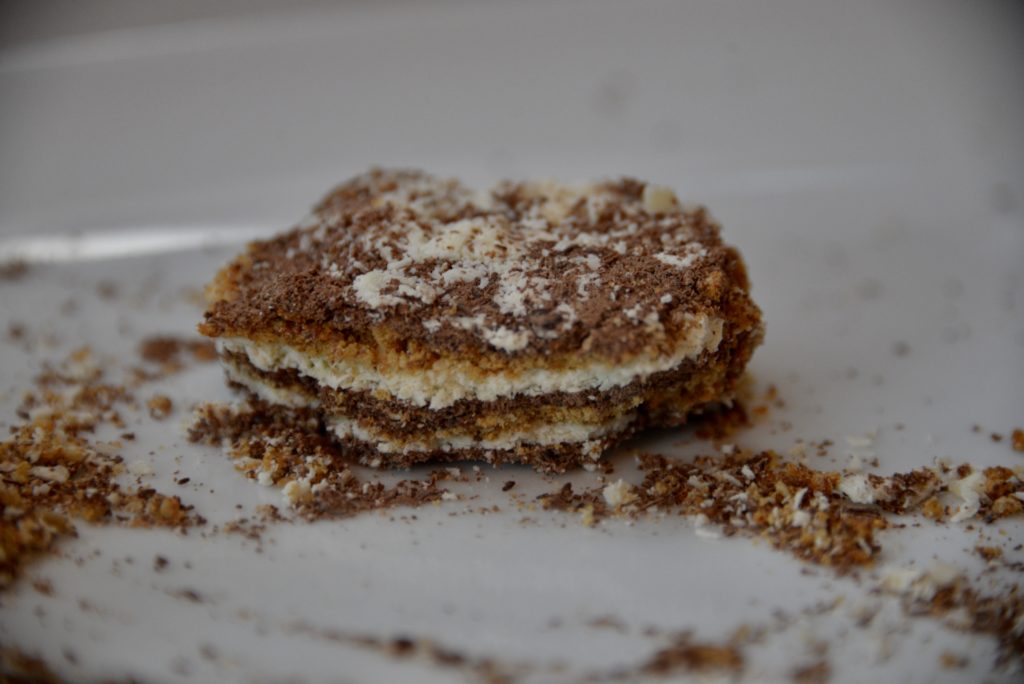
Challenge - can you add a fossil?
Igneous Rock
Igneous Rocks are formed underground where temperatures are hot enough to melt rock into liquid. Igneous rocks do not contain fossils as they would have melted as the rock formed.
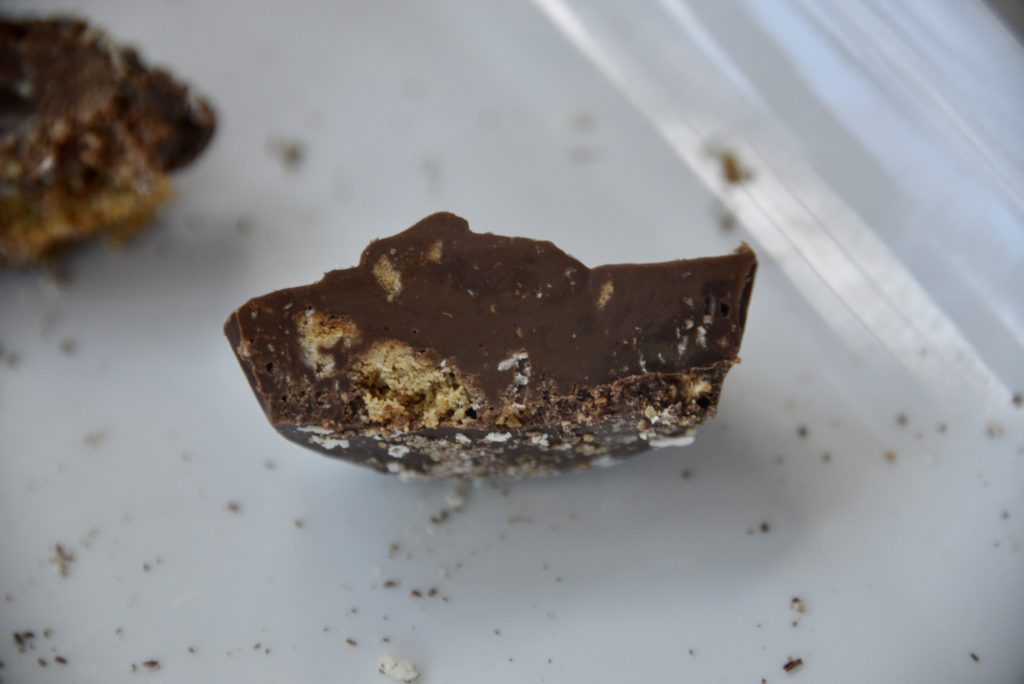
Make a chocolate igneous rock
This time melt the chocolate. For ease you could do this in a microwave or another idea is to place the chocolate in a cup made from aluminium foil and place it in a bowl on top of a pan of very hot water ( ask an adult to help ).
We left the biscuits in but you could leave these out so the whole thing melts like an igneous rock.
Leave to cool.
Metamorphic rocks
Metamorphic rocks form from sedimentary and igneous rocks that have been changed by heat or pressure underground. These rarely contain fossils.
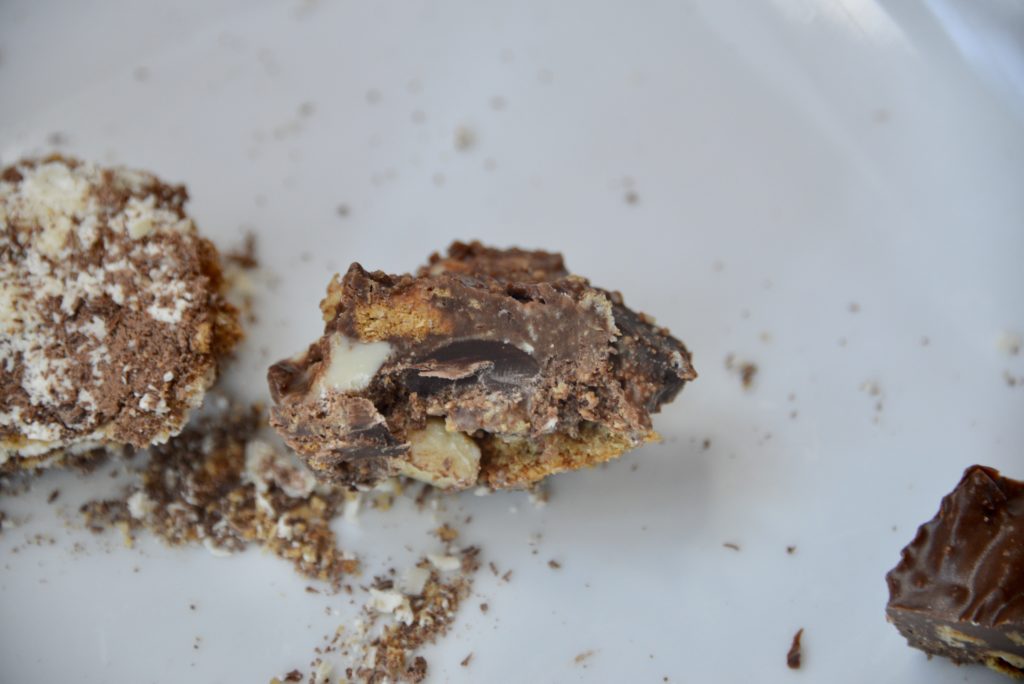
Make a chocolate metamorphic rock
Metamorphic rocks form from sedimentary or igneous rocks, so this time take half of your sedimentary rock and half of your igneous rock and melt them the same way you did with the igneous rocks.
Leave to cool and squash a little bit. This process has demonstrated both heat and pressure.
Enjoy your edible rocks!!!
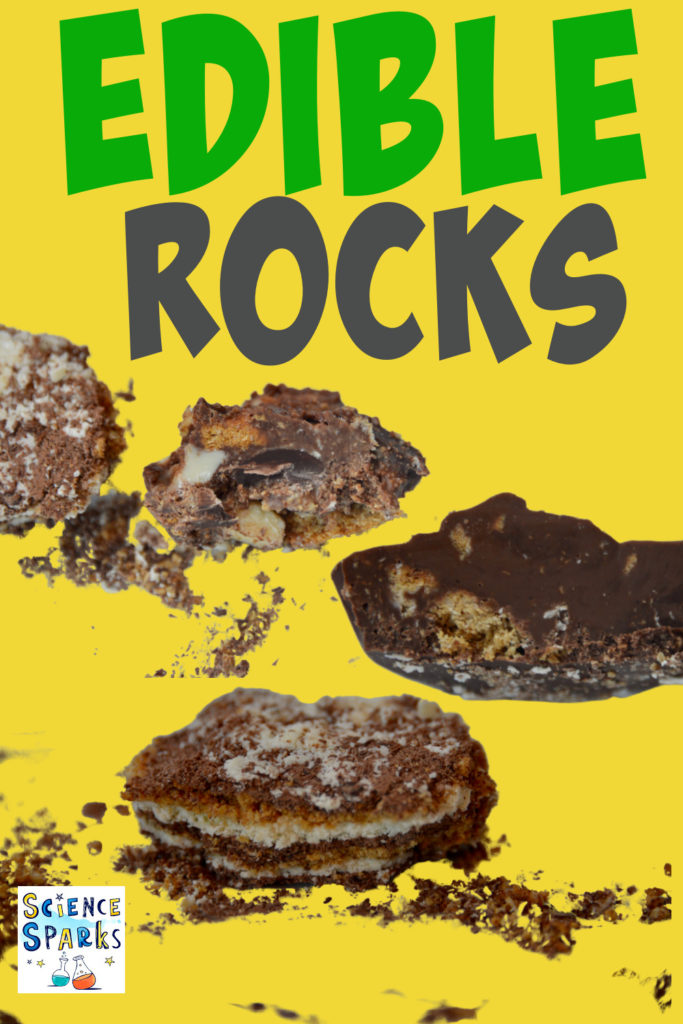
More rock investigations for kids
Learn more about how sedimentary rocks form with a sedimentary sandwich.
Rainy Day Mum has some brilliant honeycomb igneous rocks too!
Set up your very own rock lab and identify rocks using simple tests!
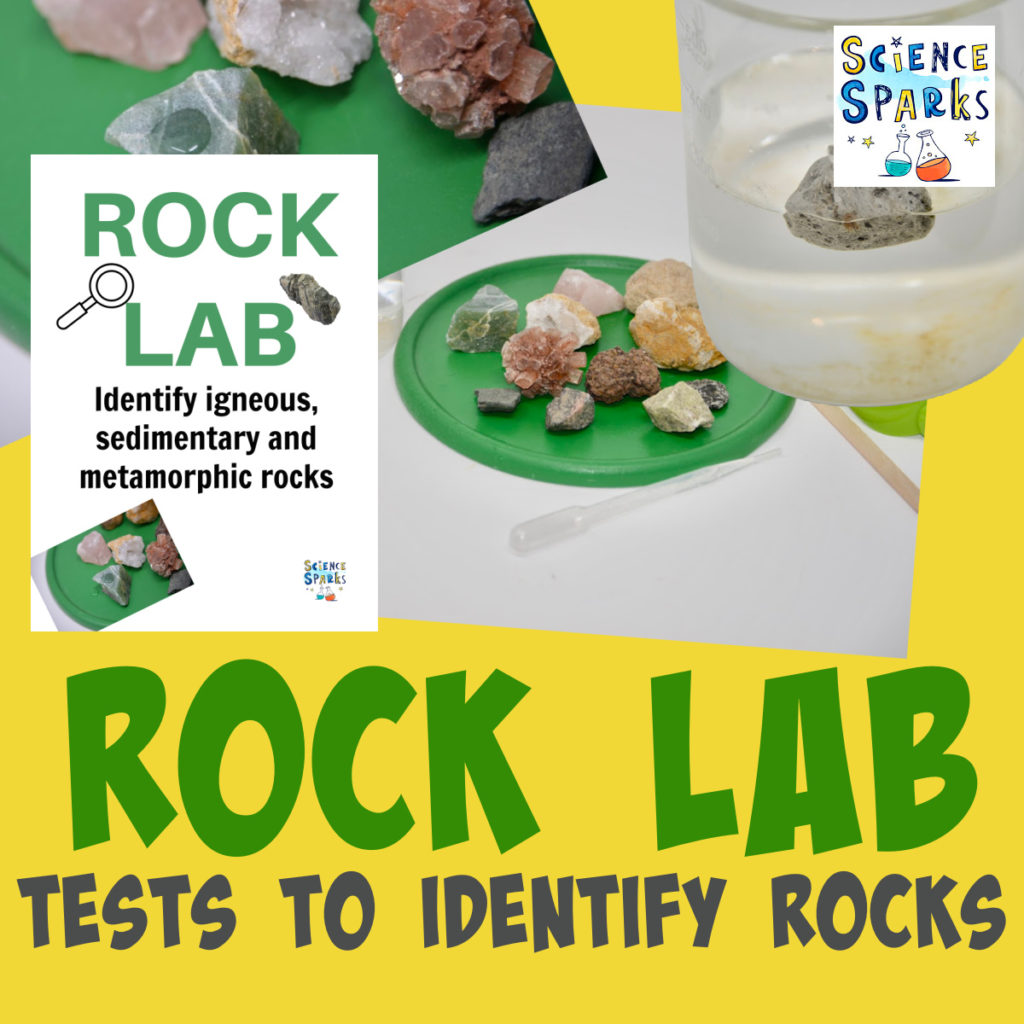




Last Updated on May 3, 2021 by Emma Vanstone



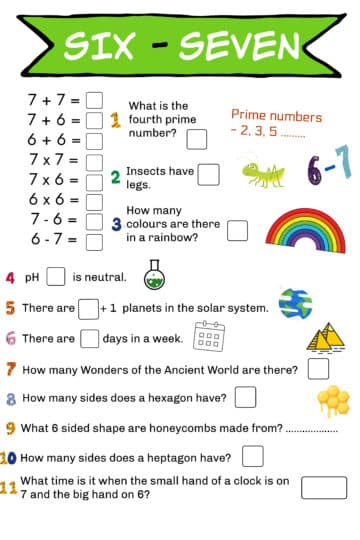
Leave a Reply